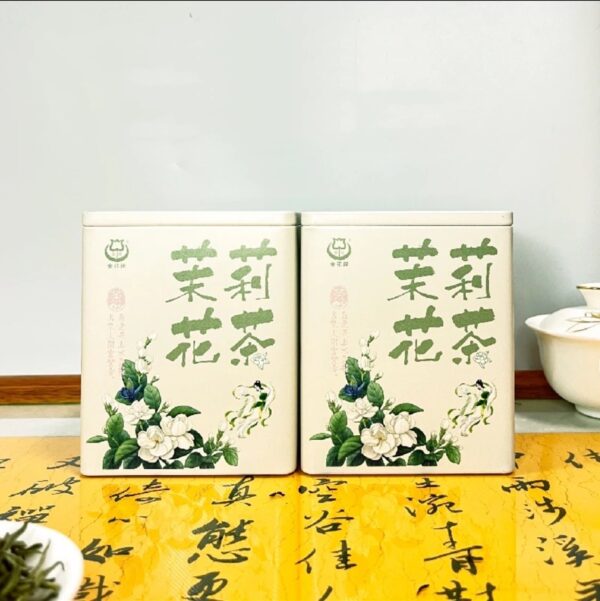
# Jasmine Tea: A Fragrant and Refreshing Beverage
## Introduction to Jasmine Tea
Jasmine tea is a fragrant and refreshing beverage that has been enjoyed for centuries in China and around the world. This aromatic tea is created by blending high-quality tea leaves with fresh jasmine blossoms, resulting in a delicate floral flavor that’s both soothing and invigorating.
## The History of Jasmine Tea
The tradition of scenting tea with jasmine flowers dates back to the Song Dynasty (960-1279 AD) in China. Originally produced in Fujian province, the art of jasmine tea making has since spread to other regions. The process was developed as a way to preserve the fleeting fragrance of jasmine blossoms and combine it with the health benefits of tea.
## How Jasmine Tea is Made
The production of jasmine tea is a labor-intensive process that requires great skill:
– Tea leaves (typically green or white) are harvested in spring
– Jasmine flowers are picked during their summer blooming season
– The flowers are layered with tea leaves at night when they release their strongest fragrance
– This scenting process is repeated multiple times over several days or weeks
Keyword: jasmine tea
– Finally, the jasmine blossoms are removed, leaving only their essence in the tea
## Health Benefits of Jasmine Tea
Beyond its delightful aroma and taste, jasmine tea offers numerous health benefits:
– Rich in antioxidants that may help prevent cell damage
– Contains compounds that can promote relaxation and reduce stress
– May support heart health and lower cholesterol levels
– Can aid digestion and boost metabolism
– Contains natural anti-inflammatory properties
## How to Brew the Perfect Cup
To fully appreciate jasmine tea’s delicate flavors, proper brewing is essential:
– Use fresh, filtered water heated to about 175°F (80°C) for green tea base or 195°F (90°C) for oolong base
– Use about 1 teaspoon of tea leaves per 8 oz cup
– Steep for 2-3 minutes to avoid bitterness
– Enjoy plain or with a touch of honey to enhance the floral notes
## Varieties of Jasmine Tea
There are several types of jasmine tea available:
– Jasmine Pearl Tea: Hand-rolled tea leaves that unfurl during brewing
– Jasmine Silver Needle: Made with white tea buds for a delicate flavor
– Jasmine Green Tea: The most common variety with a fresh, grassy base
– Jasmine Oolong: Offers a richer flavor with floral undertones
## Cultural Significance
In Chinese culture, jasmine tea is more than just a beverage—it’s a symbol of hospitality and friendship. It’s often served to guests as a welcoming gesture and is commonly consumed during family gatherings. The tea also plays a role in traditional Chinese medicine for its calming properties.
## Conclusion
Jasmine tea offers a unique sensory experience that combines visual beauty, aromatic pleasure, and delicate flavor. Whether you’re looking for a moment of relaxation, a healthy alternative to sugary drinks, or simply a new tea to explore, jasmine tea is a wonderful choice that has stood the test of time. Its perfect balance of floral sweetness and tea complexity continues to captivate tea lovers around the world.